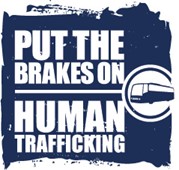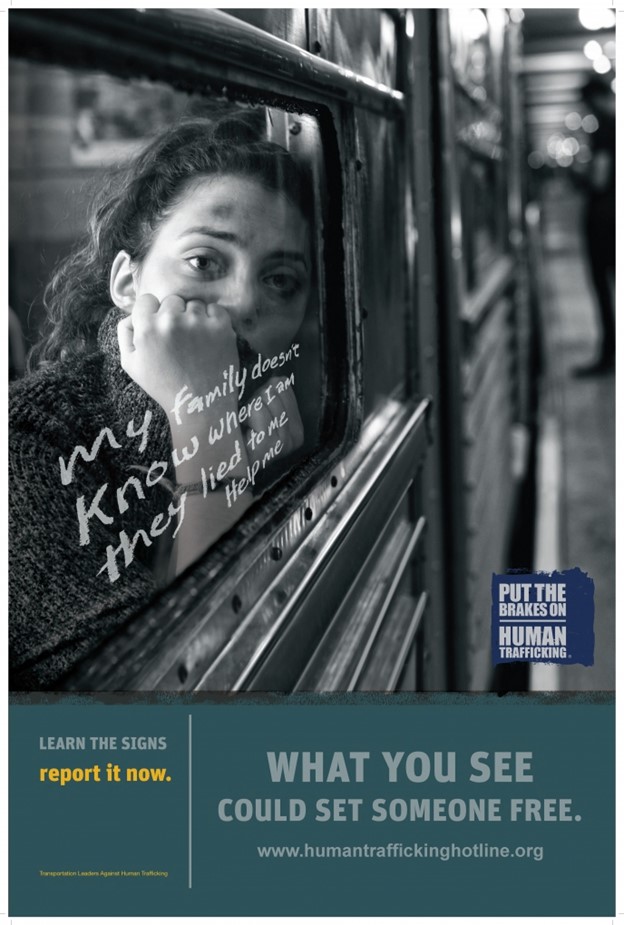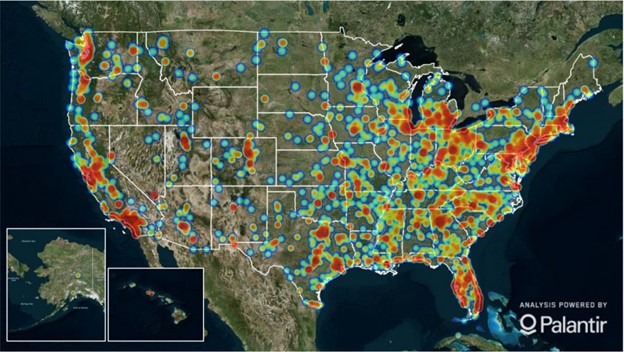What is Human Trafficking?
Human trafficking is generally understood to be the recruitment, harboring, transporting, provision, or obtaining of a person for labor or services through force, fraud our coercion, and has become the fastest growing enterprise in the world, creating a multi-billion dollar a year criminal industry.
Since its inception in 2010, the President of the United States has dedicated the month of January to raise awareness about human trafficking and provide education on the topic, building upon the framework of the Trafficking Victims Protection Act of 2000. January 2022 has been proclaimed National Human Trafficking Prevention month, reaffirming the commitment to protect and empower survivors and to bring an eventual end to human trafficking around the world.
According to the updated National Action Plan to Combat Human Trafficking released in December 2021, it is estimated that 25 million people around the world are subjected to human trafficking and forced labor. The most vulnerable and underserved members of society are disproportionately impacted and are often times being transported using diverse modes of transportation to facilitate this illicit activity.
National Action Plan to Combat Human Trafficking
According to the U.S. Department of Transportation (DOT), almost every form of human trafficking intersects with public transportation at some point. Unfortunately, traffickers often utilize public transit buses and trains to move or relocate victims from one place to another to avoid detection or prosecution. This is primarily because public buses and trains are seen as more difficult to trace than personal vehicles and are low cost to the trafficker.
The National Action Plan to Combat Human Trafficking identifies two action items that directly mention and relate to USDOT and transportation stakeholders.
 Priority Action 2.1.4 Increase access to public awareness materials focused on victim identification, including by displaying those materials in priority locations within 1 year. In this section, USDOT is called upon to expand awareness materials to share with public and private transportation stakeholders across the country.
Priority Action 2.1.4 Increase access to public awareness materials focused on victim identification, including by displaying those materials in priority locations within 1 year. In this section, USDOT is called upon to expand awareness materials to share with public and private transportation stakeholders across the country.
Priority Action 4.4.2 Provide information to the private sector on the threat of human trafficking to better identify human trafficking facilitators and victims. This includes providing critical partners, including those in transportation, with information about traffickers and information related to human trafficking indicators needed for prevention. Not only is the Department of Homeland Security (DHS) Blue Campaign charged with developing indicator cars to raise awareness, but the DOT will expand Transportation Leaders Against Human Trafficking (TLAHT) outreach efforts through leadership engagement, employee training, public awareness and development of an anti-trafficking toolkit.
Many transit systems have already started providing training and raising awareness. Some of these communities received funding from the FTA Human Trafficking Awareness & Public Safety Initiative Grant and Cooperative Agreement Selections awarded in January, 2020, like the City of Tucson.
Tucson’s Sun Tran is using this grant to train all transit operators and personnel, as well as other transportation services providers to identify signs of human trafficking and proper ways to report it to law enforcement. They also plan to promote a public awareness campaign to educate the public to recognize human trafficking activities out in the community.
Greater Cleveland Regional Transit Authority (GCRTA) is one of the signatories on the TLAHT pledge to take a stand against human trafficking. They have developed a webpage to educate the public in an effort to help fight human trafficking on transit.
GCRTA has educated over 2,300 employees on how to recognize and report the signs of human trafficking. They are raising awareness among the traveling public on human trafficking issues by using common messaging in targeted outreach campaigns, including informational signs at RTA stations and on vehicles.
They are sharing key data points and are working with transit police to spot the indicators of human trafficking, such as people who do not have identification, those who have been coached in talking to police officers, or those who have been denied freedom of movement.

The Santa Clara Valley Transportation Authority (VTA) has been at the forefront of assisting local law enforcement and Santa Clara County in combating human trafficking, and has trained more than 2,000 VTA employees on human trafficking prevention.
This training was credited with helping a bus driver stop an incident of child abduction playing out on the bus. The bus driver recognized the signs of suspicious activity and noticed the description of the victim from an alert. The driver then followed established protocol to quickly alert authorities and Operations Control staff, leading to the arrest of the suspected kidnapper, and rescue of the victim.
Take Action
The Transportation Leaders Against Human Trafficking (TLAHT) website lists the following actions you can take with corresponding templates, flyers, and training videos:
- Become a partner – take the pledge
- Issue a Leaders Statement
- Train Your Employees
- Raise Awareness
You can promote the National Human Trafficking Hotline (1-888-373-7888) or by texting BEFREE as important resources to report a tip or ask for help. The U.S. National Human Trafficking Hotline saw a nearly 20% increase in the number of victims and survivors directly contacting the hotline from 2018 to 2019, according to Polaris, the nonprofit that runs the hotline for victims and survivors.
Summary
From the map in this post, you can see that human trafficking happens in all areas of the country, from coast to coast and in rural and urban communities. Be part of the solution towards ending human trafficking. You can help Put the Brakes on Human Trafficking.
Locations of Human Trafficking situations since 2019
This blog was written by Carrie Diamond, Co-Director of the National Aging & Disability Transportation Center and Senior Director of Transportation and Mobility at Easterseals.
Leave a Reply